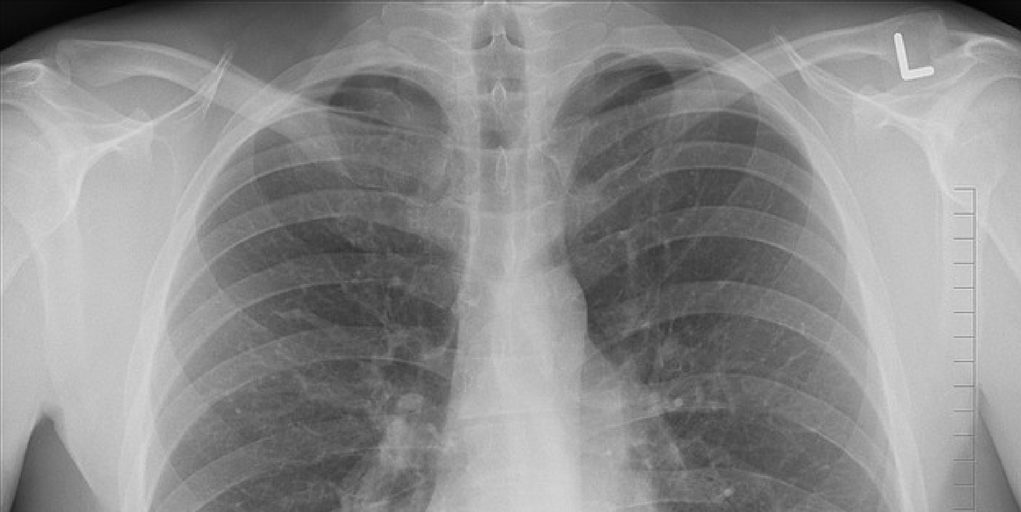A 2017 study titled, “Comparing the cancer potencies of emissions from vapourised nicotine products including e-cigarettes with those of tobacco smoke”, carried out by Dr William E Stephens from the University of St Andrews in the UK, had looked into the risks from inhaling vapor in comparison to those from inhaling smoke.
In line with countless other studies indicating similar results, the researchers had found that switching from smoking to vaping would decrease users’ cancer risk by about 99%. “The aerosols form a spectrum of cancer potencies spanning five orders of magnitude from uncontaminated air to tobacco smoke. E-cigarette emissions span most of this range with the preponderance of products having potencies <1% of tobacco smoke and falling within two orders of magnitude of a medicinal nicotine inhaler,” read the study abstract.
Spreading misinformation
Research had indicated that the switching from smoking to vaping would decrease users’ cancer risk by about 99%.
Meanwhile, Marc Hymovitz, director of government relations in Massachusetts for the American Cancer Society Cancer Action Network, which organized the anti-flavours lobbying effort, said that e-cig manufacturers are selling the flavoured products to entice teens. “It’s pretty clear that e-cigarettes have become an epidemic,” he said.
Hymovitz is also spreading further misinformation in claiming that vaping is leading youth to smoking cigarettes, when data indicate that in fact the opposite is true. “We had made such progress in reducing the number of kids smoking cigarettes, and now we’re starting to see a reversal in that trend because they’re getting hooked on e-cigarettes,” said Hymovitz.
As vaping rates increase smoking rates drop
Meanwhile, results released recently from the Washington State Healthy Youth Survey of 6th, 8th, 10th and 12th graders, indicate an all time low consumption of cigarettes and alcohol, in parallel with an increase in e-cigarette use.
These survey results which provide insights into healthy and unhealthy trends amongst young people, are normally used by school and health officials as well as parents and policymakers to focus resources and interventions. In 2018 they included the responses of 12,000 students.
Similarly, the government-sponsored survey, the Monitoring the Future Study (MTF), which also detected a big increase in vaping last year, also shows a continuing decline in past-month smoking among 12th-graders and past-month drop in cigarette smoking also amongst 10th-graders.
People switching from smoking to vaping is a victory for public health
In line with what many public health experts keep pointing out, a recent article on Reason, explained that if more people are vaping and as a result less people are smoking, given the relative safety of the devices, this is a victory for public health. “From a public health perspective, a situation in which 20 percent of high school students are vaping while 8 percent are smoking is vastly preferable to a situation in which 0 percent are vaping and 29 percent are smoking (as the NYTS found in 1999).”
Read Further: Boston Globe
Smokeless Tobacco Missing from ACS’s Cancer Risk Factors’ List












